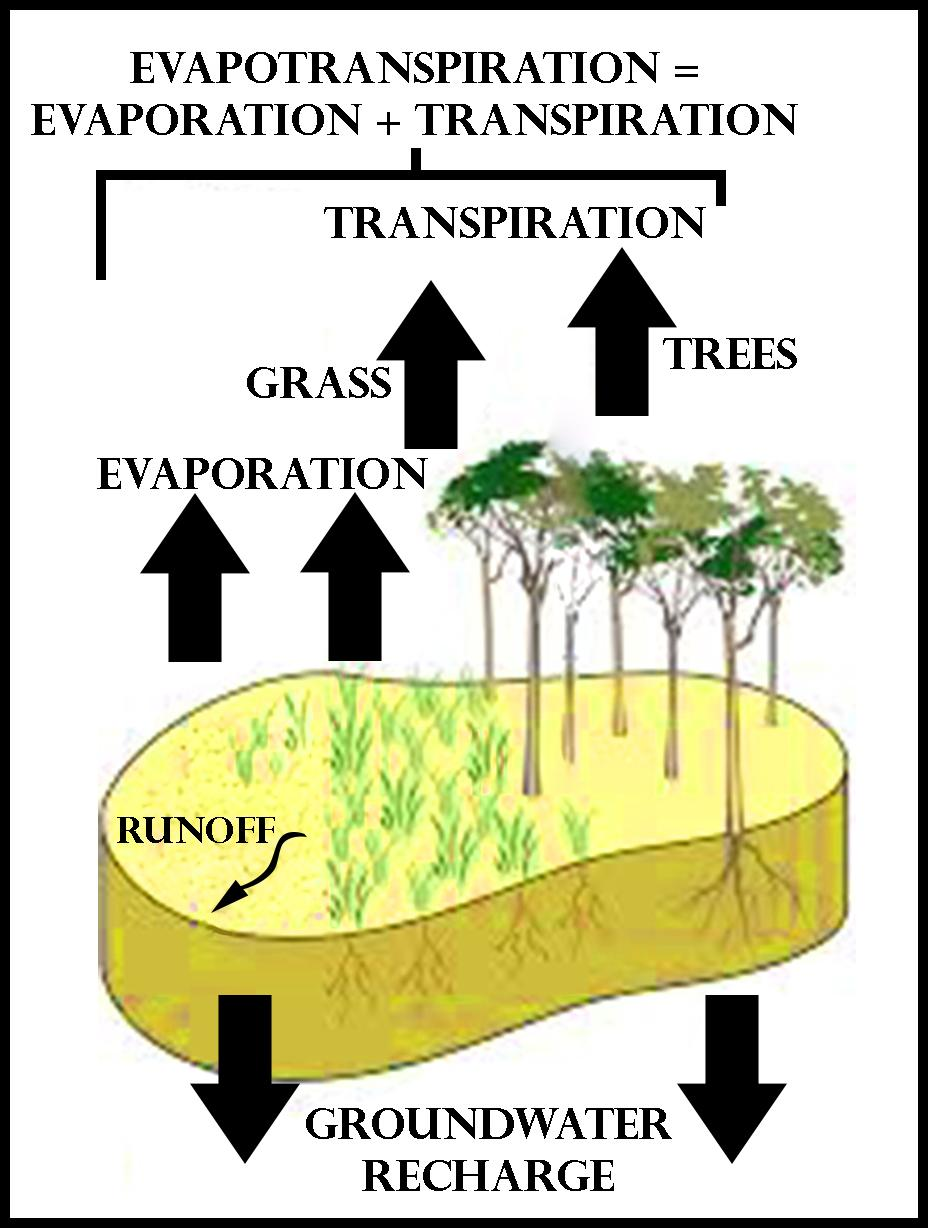
Explain how groundwater is recharged?
Answer
471.6k+ views
Hint: The downward movement of water from surface water towards the ground to increase the groundwater table. This is done by various small holes that help the water to enter into the soil.
Complete answer:

Groundwater recharge also known as deep drainage or deep percolation is a hydrolytic process. Groundwater recharge also helps in preventing the water to move away from the water table and saves it from diminishing. It may take place both naturally as well as artificially. The process of seeping or leaking of water from porous small holes is called infiltration. By this process, the water enters the soil as the soil absorbs it. When the plants do not use the water then they move deeper into the ground. The top layer of the water in the soil, sand, or rock is called the water table. The water in the deep ground will fill the empty spaces and cracks is known as groundwater. When the water seeps from the land and adds to the groundwater then it is called recharge water. When the rainfall occurs it naturally recharges the groundwater or it gets recharge with the help of snowmelt. It is an important process for sustainable groundwater management. Groundwater recharge can also help move the excess salts that accumulate in the root zone to deeper soil layers, or into the groundwater system.
Note: The groundwater recharge can take a few minutes or even years depending upon the depth of the aquifer and the porosity of the material it exists in. It helps in improving the flows of rivers and streams, flood control, and wildlife and bird habitat.
Complete answer:

Groundwater recharge also known as deep drainage or deep percolation is a hydrolytic process. Groundwater recharge also helps in preventing the water to move away from the water table and saves it from diminishing. It may take place both naturally as well as artificially. The process of seeping or leaking of water from porous small holes is called infiltration. By this process, the water enters the soil as the soil absorbs it. When the plants do not use the water then they move deeper into the ground. The top layer of the water in the soil, sand, or rock is called the water table. The water in the deep ground will fill the empty spaces and cracks is known as groundwater. When the water seeps from the land and adds to the groundwater then it is called recharge water. When the rainfall occurs it naturally recharges the groundwater or it gets recharge with the help of snowmelt. It is an important process for sustainable groundwater management. Groundwater recharge can also help move the excess salts that accumulate in the root zone to deeper soil layers, or into the groundwater system.
Note: The groundwater recharge can take a few minutes or even years depending upon the depth of the aquifer and the porosity of the material it exists in. It helps in improving the flows of rivers and streams, flood control, and wildlife and bird habitat.
Latest Vedantu courses for you
Grade 11 Science PCM | CBSE | SCHOOL | English
CBSE (2025-26)
School Full course for CBSE students
₹41,848 per year
Recently Updated Pages
Express the following as a fraction and simplify a class 7 maths CBSE

The length and width of a rectangle are in ratio of class 7 maths CBSE

The ratio of the income to the expenditure of a family class 7 maths CBSE

How do you write 025 million in scientific notatio class 7 maths CBSE

How do you convert 295 meters per second to kilometers class 7 maths CBSE

Write the following in Roman numerals 25819 class 7 maths CBSE

Trending doubts
A boat goes 24 km upstream and 28 km downstream in class 10 maths CBSE

The British separated Burma Myanmar from India in 1935 class 10 social science CBSE

The Equation xxx + 2 is Satisfied when x is Equal to Class 10 Maths

Why is there a time difference of about 5 hours between class 10 social science CBSE

What are the public facilities provided by the government? Also explain each facility

Difference between mass and weight class 10 physics CBSE




